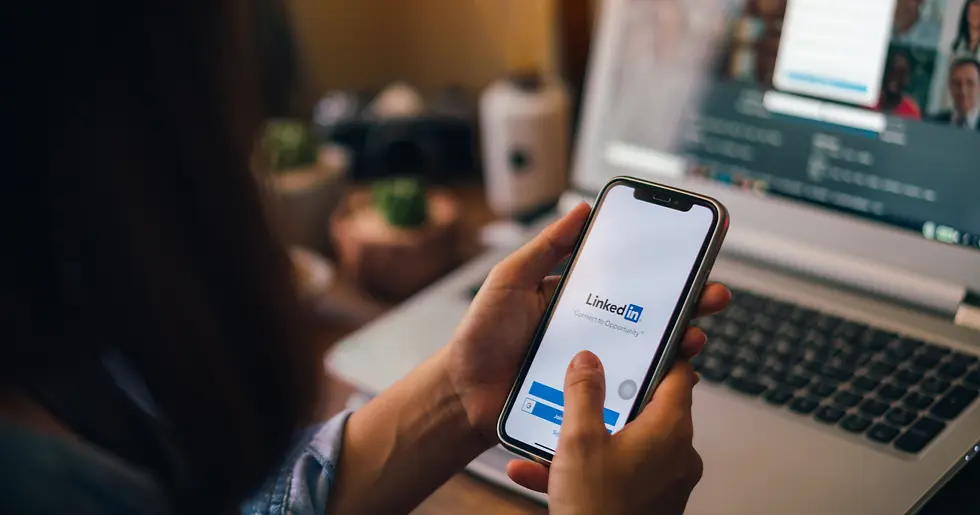What is the Psychology Behind Engagement on LinkedIn?
- Mohamad Jandali

- Aug 8
- 3 min read
Updated: Aug 11
Have you ever wondered why some posts on your LinkedIn feed get a massive amount of attention while others disappear without a trace? The real secret to engagement isn't about having a huge network or a prestigious job title; it's about understanding a few key psychological triggers.

LinkedIn is a professional social network, but it's fundamentally driven by our human needs for connection, validation, and belonging. By tapping into these principles, you can create content that your audience genuinely wants to interact with.
Why Is "Giving First" the Key to Getting Engagement?
The principle of reciprocity is a powerful social force, creating an unspoken obligation to return a favor. On LinkedIn, this means you can't be a passive observer. If you want others to engage with your content, you must first engage with theirs.
By regularly liking, commenting on, and sharing posts from people in your network, you build a foundation of goodwill. This makes them far more likely to reciprocate that favor and engage with your content later on.
Actionable Tip: Spend a few minutes each day leaving thoughtful, specific comments on posts from five to ten people in your network, rather than just a generic "great post."
How Does Vulnerability Build Trust with Your Audience?
Posts that truly resonate on LinkedIn often reveal a moment of struggle, a failure, or a hard-won lesson.
People connect with authenticity, not with perfection or a polished image.
Sharing a vulnerable moment makes you relatable and trustworthy, helping you come across as a genuine human.
This approach inspires a powerful emotional response in your audience, making them feel less alone in their own professional journeys and more likely to share their own stories.
Actionable Tip: The next time you post about an accomplishment, tell the story behind it. What was the challenge, and what did you learn from the experience?
What's the Best Way to Capture Your Audience's Attention Immediately?
In a crowded and fast-paced feed, the first line of your post is your most valuable asset. Humans have a natural drive to close a curiosity gap, the difference between what they know and what they want to know.
A compelling LinkedIn post uses an intriguing hook to grab attention immediately, hinting at valuable information without revealing everything at once.
For example, instead of writing "Here are three ways to improve your leadership skills," try something more engaging like, "The best leaders do this one thing differently, and it has nothing to do with management skills." This instantly makes the reader curious and compels them to click "read more."
Actionable Tip: Start your posts with a question, a surprising statement, or a promise to solve a common problem to create a hook the reader can't ignore.

Why Is Responding to Every Comment So Important?
A post with high engagement is often a sign of a vibrant community. When someone takes the time to leave a comment on your post, they are giving you a valuable gift: their time and attention.
The fastest way to kill future engagement is to ignore these comments. Responding to every single one isn't just polite; it's a powerful psychological signal that you are building a community where every voice is valued.
This makes the commenter feel seen and encourages others to join the conversation, knowing their contributions will be appreciated.
Actionable Tip: Take the time to respond thoughtfully to each comment. Ask a follow-up question or build on their point to keep the conversation going and make your post more visible.
Conclusion
At the end of the day, all these psychological principles boil down to one simple idea: LinkedIn is a space for real people. It's not about being a perfect professional robot or a thought leader with all the answers. It's about showing up as a human being who has successes, struggles, and unique insights to share.
Your experiences, the good, the bad, and the lessons you've learned, are your most powerful assets.
So, don't overthink it. The real magic happens when you stop seeing LinkedIn as a resume and start seeing it as a community. The best way to begin is by taking one small step.
Maybe it's just commenting on a post that you genuinely connect with today, or sharing a quick thought about a challenge you overcame.














Comments